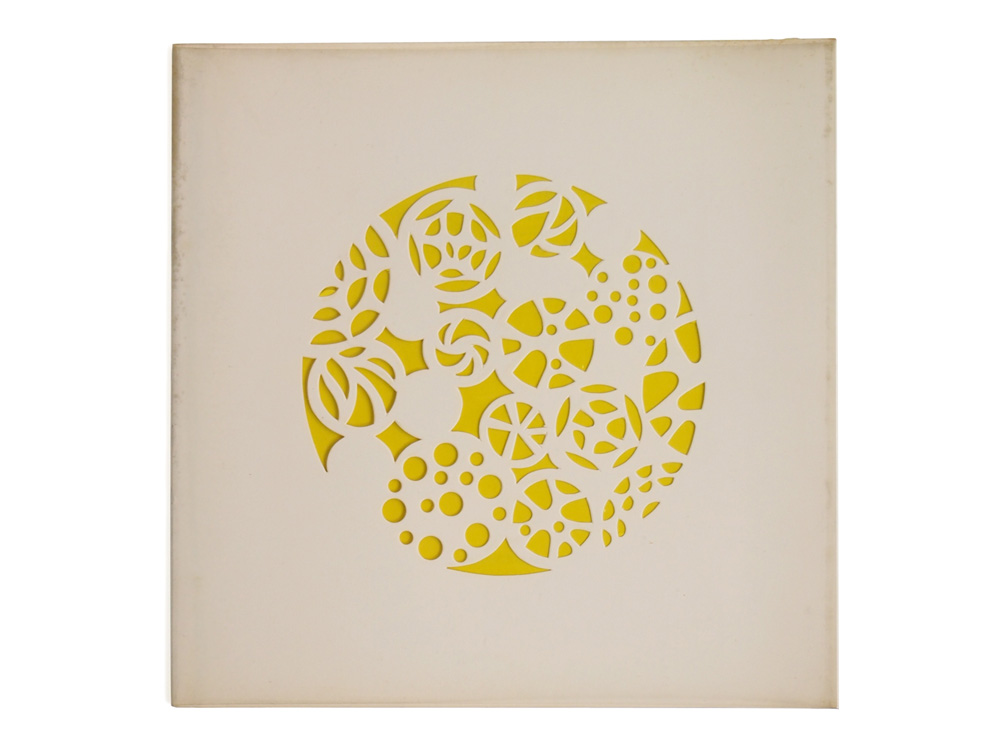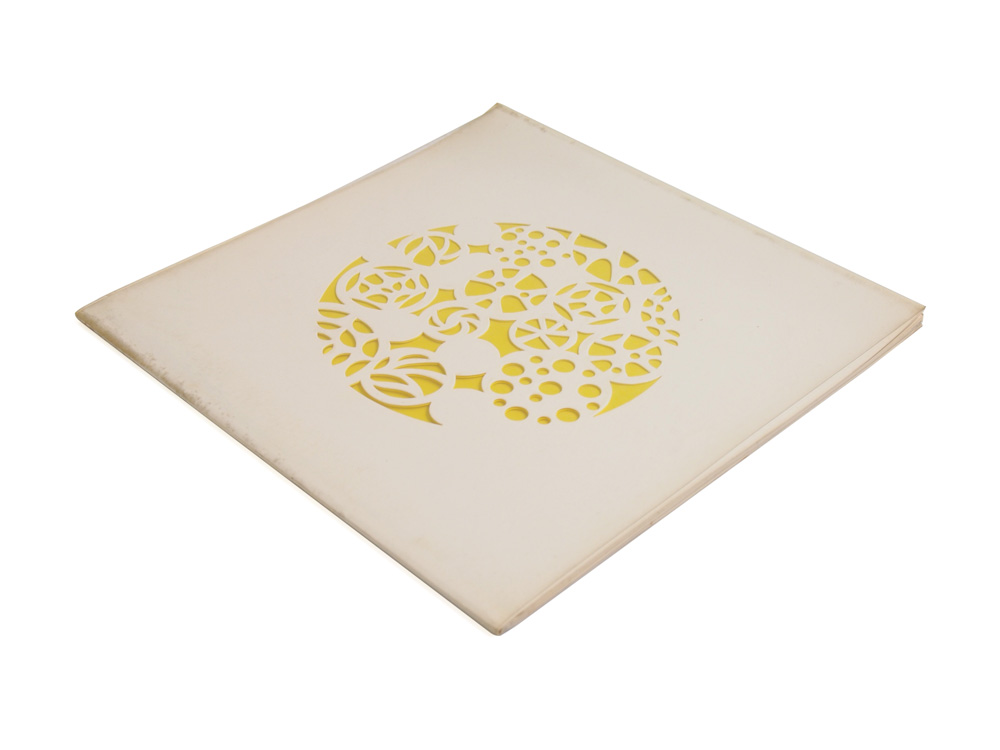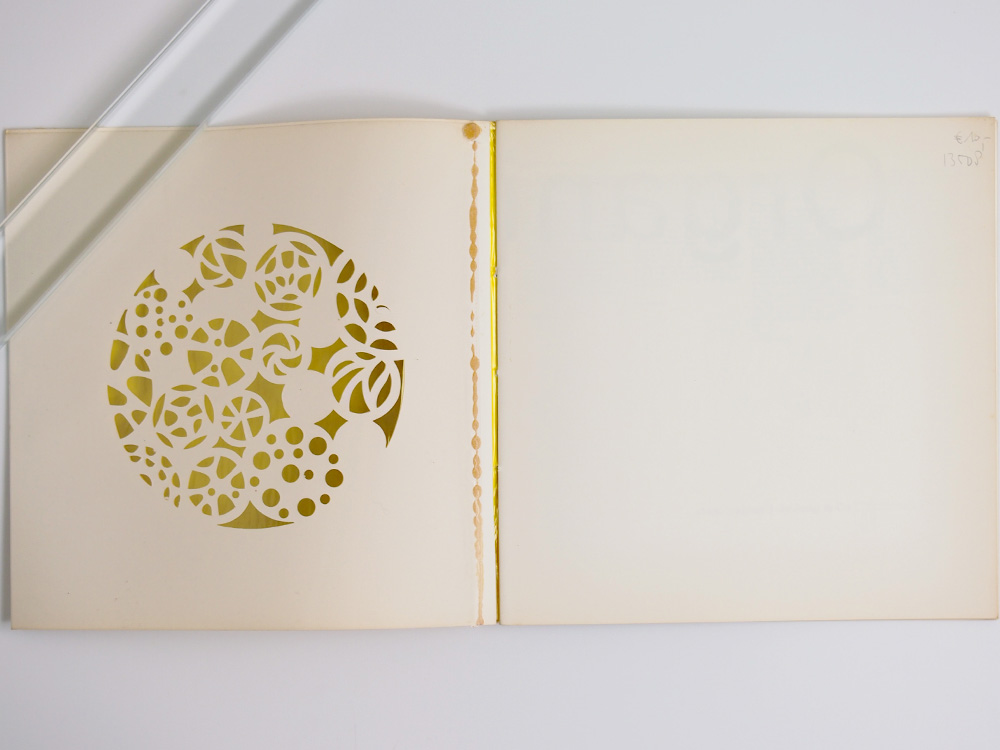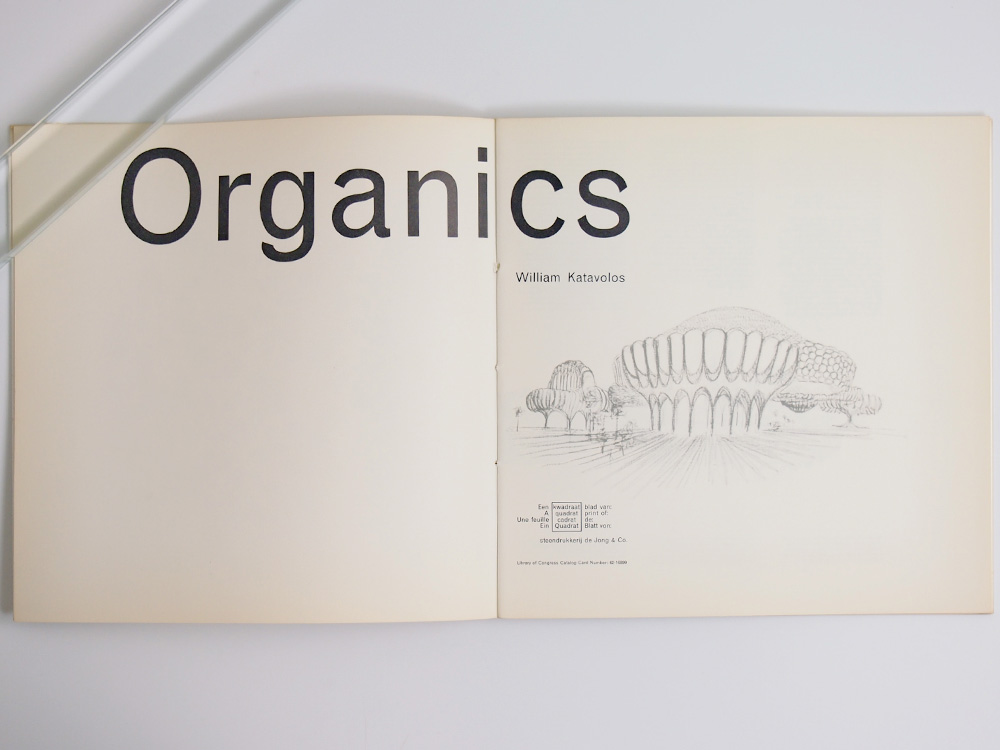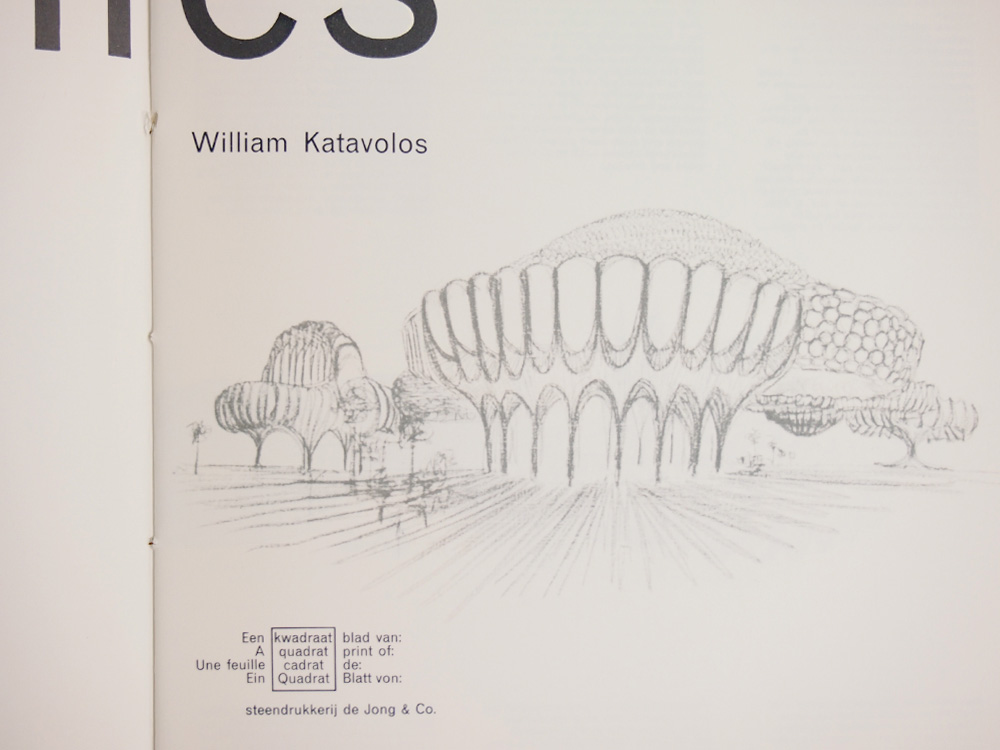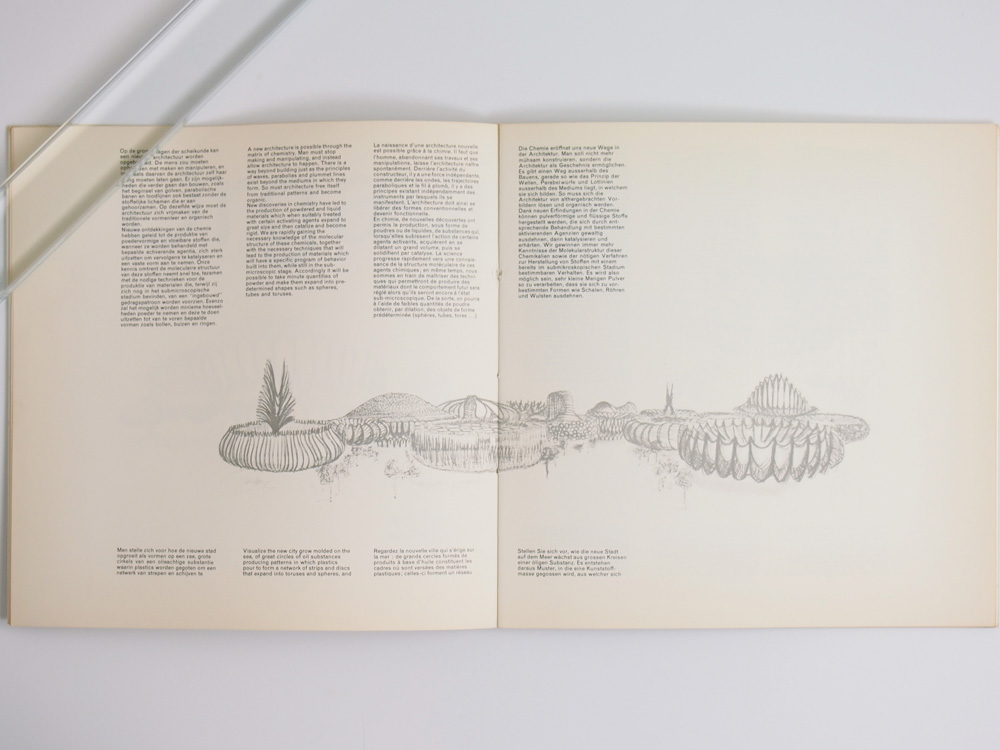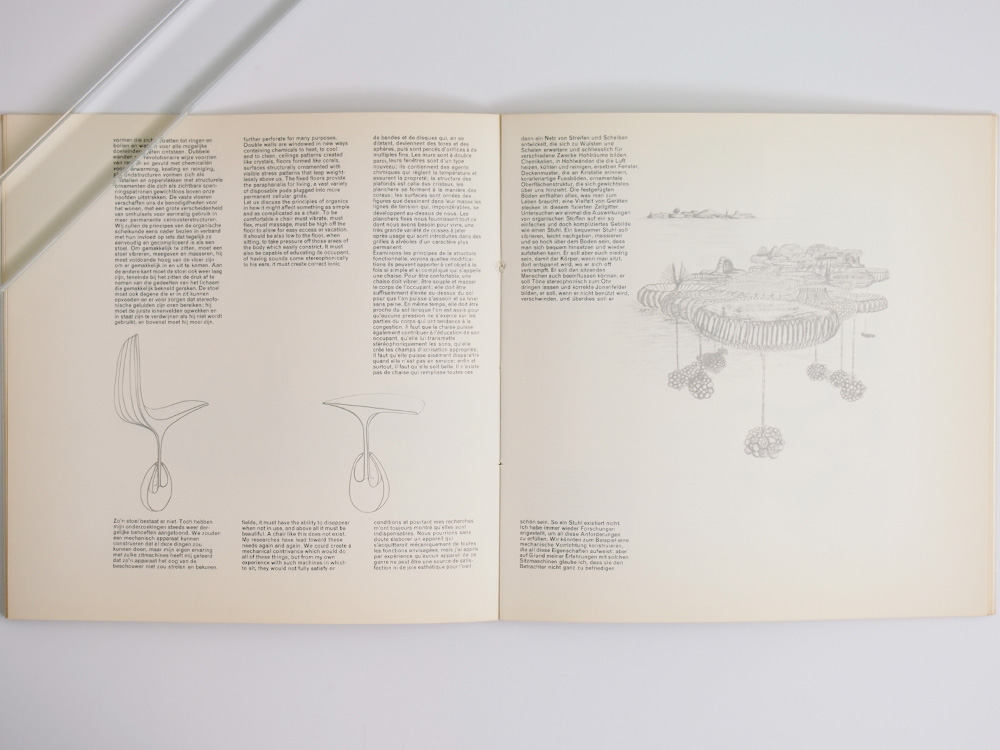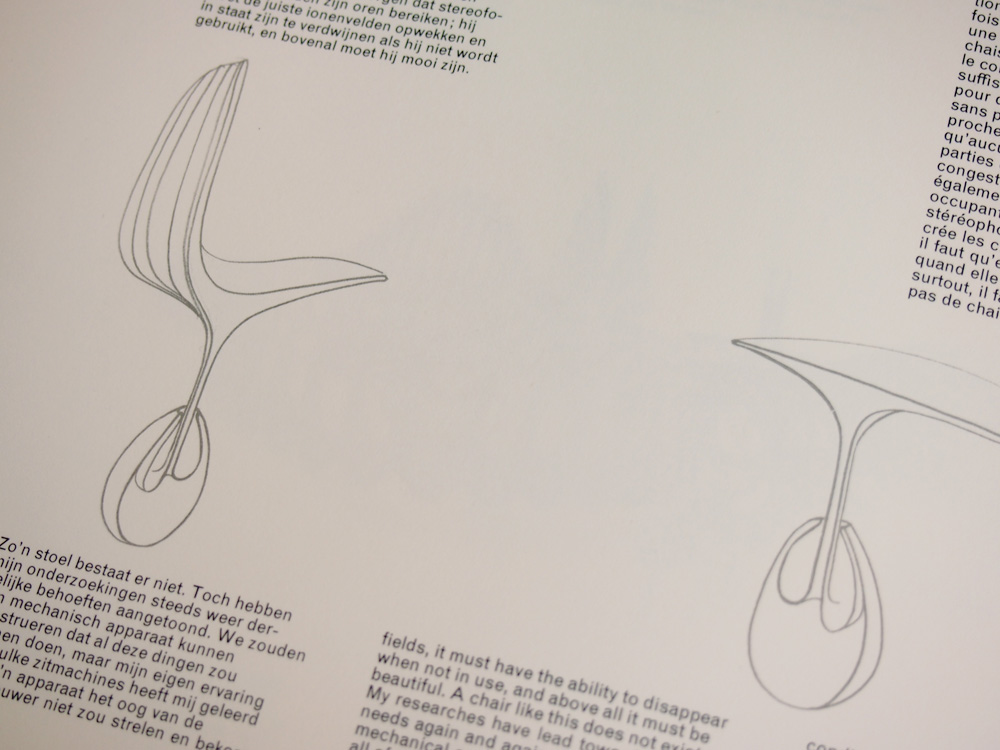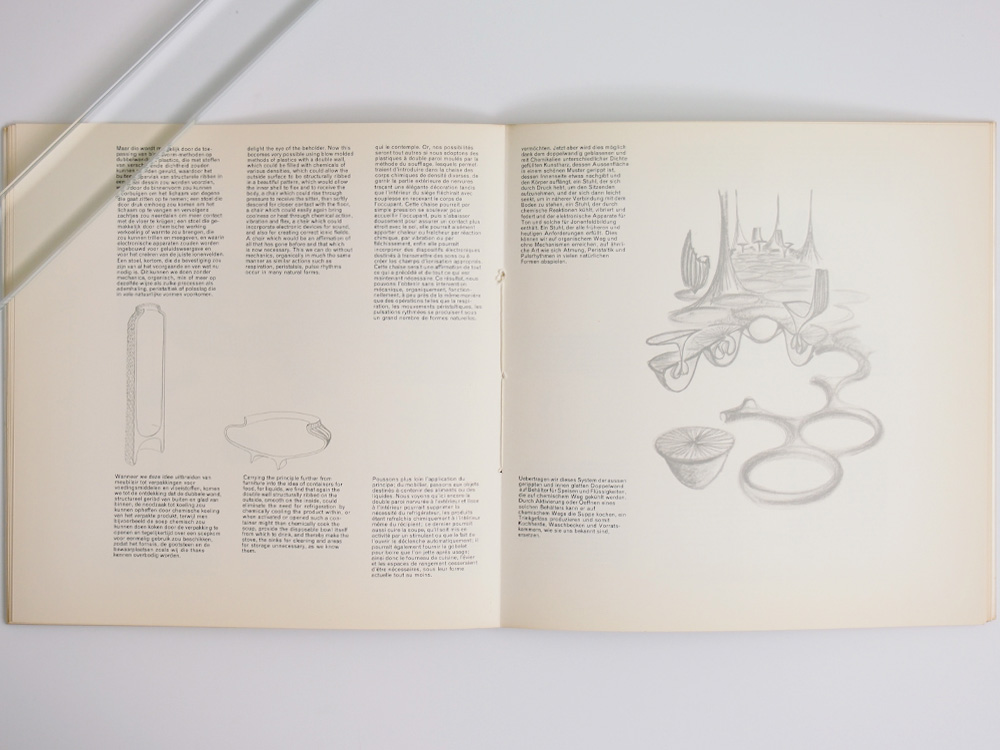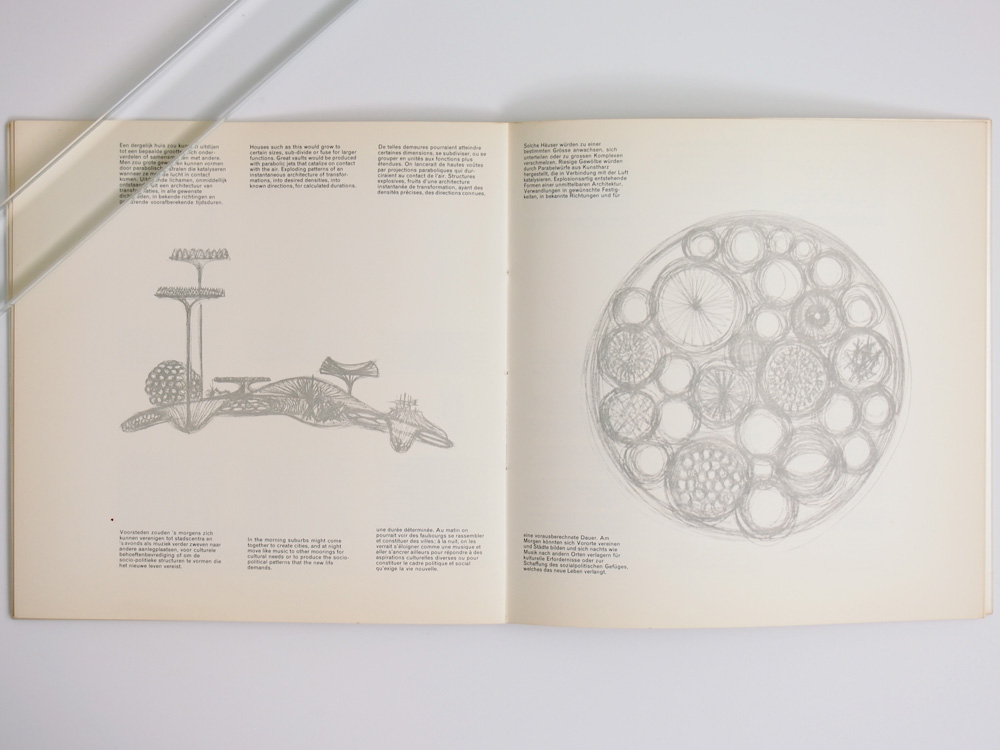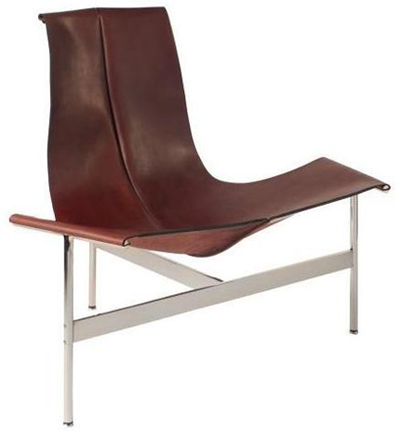Publisher: Steendrukkerij De Jong
Language: Dutch English French
Product Dimensions: 25 x 25 cm
Release Date: 1962
A new architecture is possible through the matrix of chemistry. Man must stop making and manipulating, and instead allow architecture in happen. There is a way beyond building just as the principles of waves, parabolias and plummet lines exist beyond the mediums in which they form. So must architecture free itself from traditional patterns and become organic.
New discoveries in chemistry have led to the production of powdered and liquid with certain activating agents expand to great size and and then catalize and become rigid. We are rapidly gaining the necessary knowledge of the molecular of these structure of these chemicals, together with the necessary techniques that will lead to production of materials which will have a specific program of behavior built into them, while still in the submicroscopic stage. Accordingly it will be possible to take minutes quantities of powder and make them expand into predetermined shapes such as spheres, tubes and toruses.
William Katavolos
Professor of Architecture
Pratt Institute
Brooklyn, NY
Professor W. Katavolos has been part of the Architecture School at Pratt Institute since the sixties. He is co-director of the Center for Experimental Structures. Over the years liquid architecture has been developed there. His early furniture is in the permanent collections of the Museum of Modern Art, the Metropolitan Museum of art and the Louvre.
As a consulting designer he created the Time-Life and Owens Corning partition systems, the suspension ring system for the Moscow Fair, the Agricultural and Solar Pavilions for Salonika. His manifesto, Organics, published in Holland in 1961 became the basis for chemical architecture. His theory of the fundamental structure of nature is being prepared for publication. He lives with his wife, Terenia in Key West and New York.
Quadrat Prints were a series of experimental graphic design publication edited by Pieter Brattinga and given away by the Hilversum printer de Jong from the early fifties to the mid-seventies. Each one was ten inches square, mostly several stapled pages but some were loose leaf sheets (this alphabet) in a box or folder.
『Quadrat-Print/Kwadraat-Blad』はPieter Brattingaが代表を務めるオランダの印刷会社、de Jong社が広報用に制作し実験的な冊子です。各issueは2,000部ほど刷られていて、サイズは10″x10″で綴じてあるものもあれば簡易的に織り込まれているものもあります。
